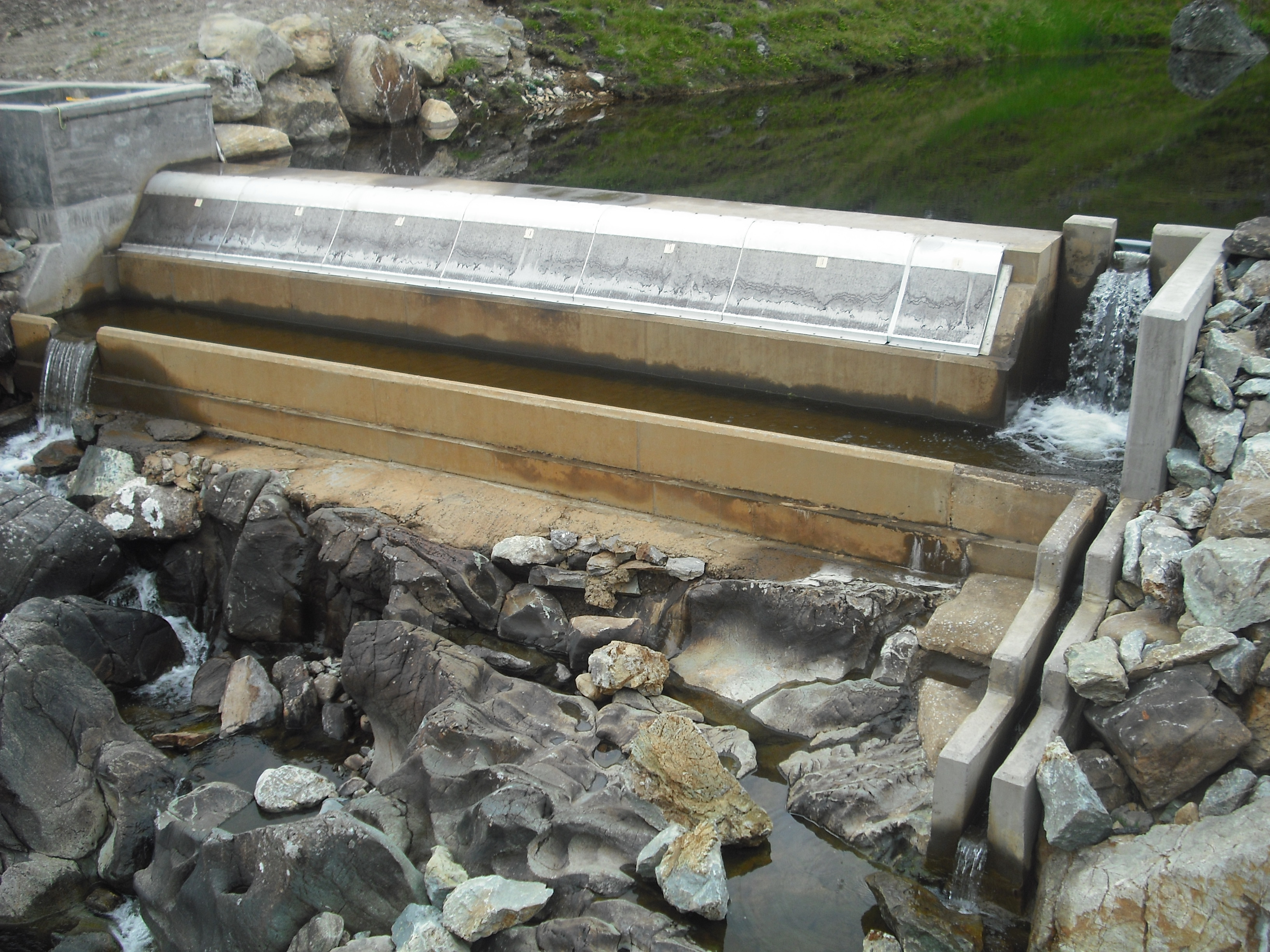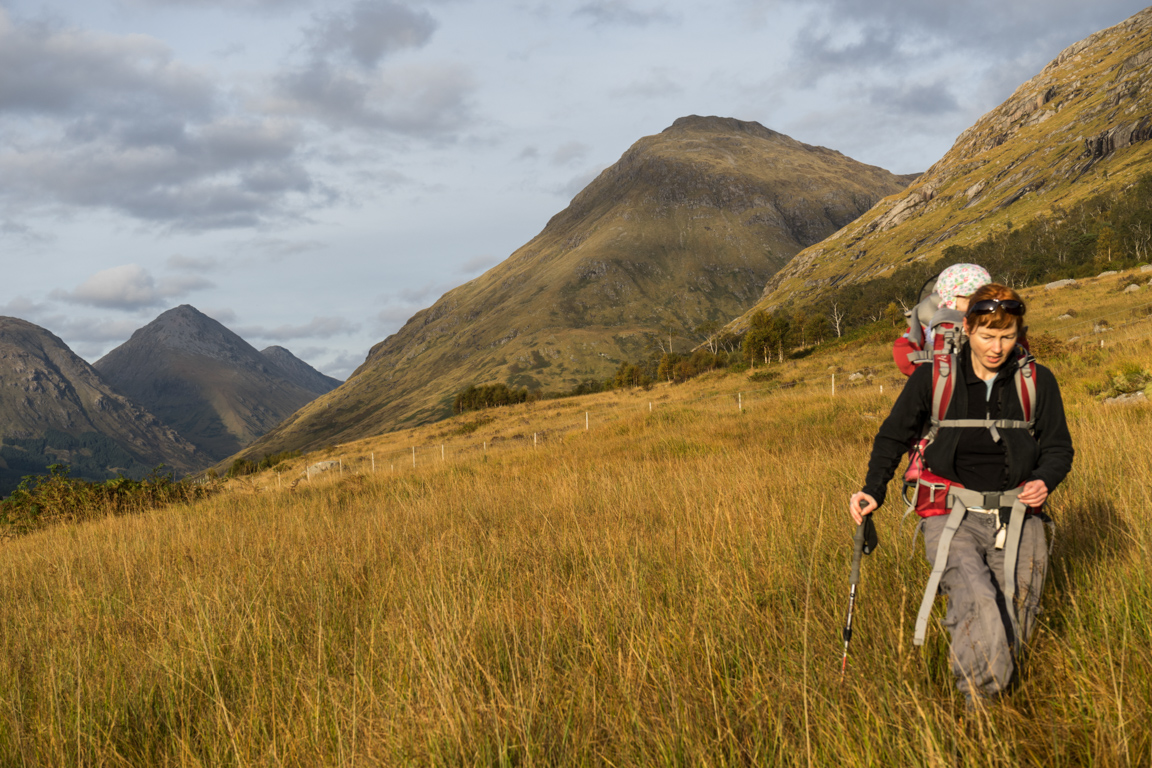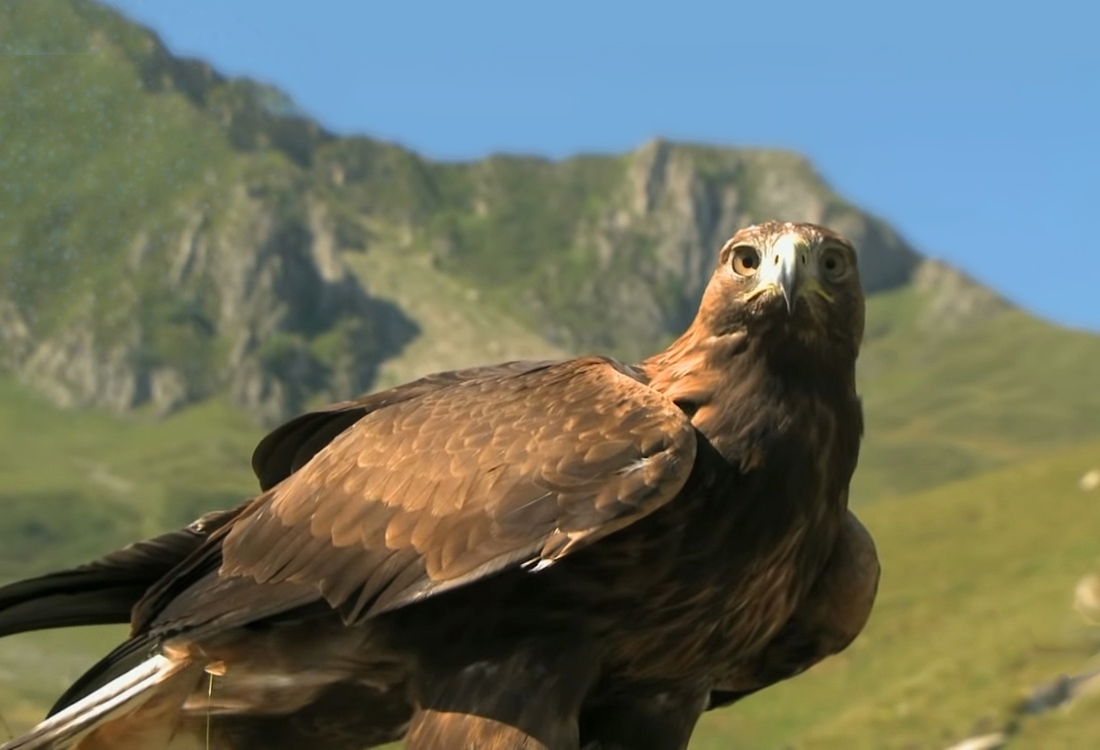Designations to Protect
“The glen is made alive by the River Etive, adorned throughout with magnificent pools and short waterfalls.” William Murray, Surveyor ‘The Highland Landscape’, 1962
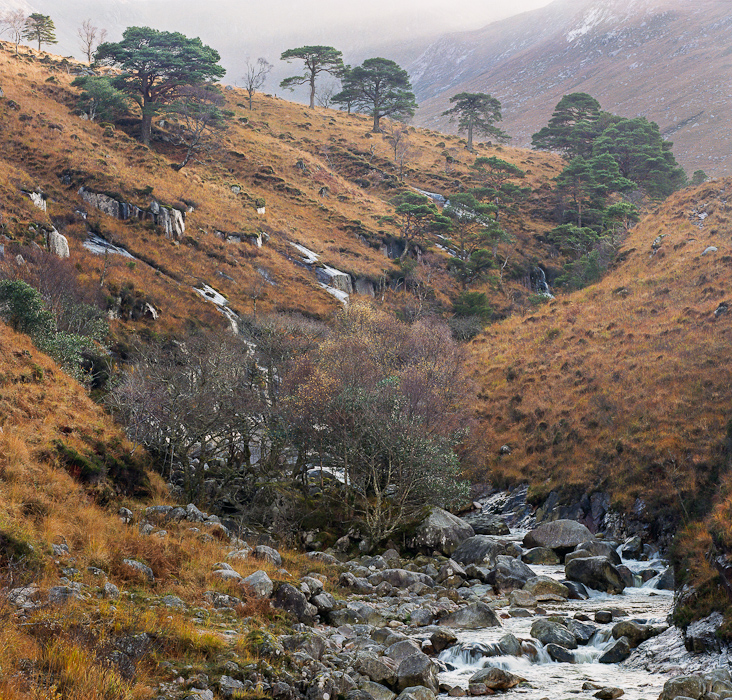
The three proposed schemes on the South East side of Glen Etive are protected under a triple lock of designations for Wild Land, Wild Life and Natural Heritage.
Impacts on Wild Land
The three hydro schemes are in a designated Wild Land Area (WLA9). They will have a permanent and significant effect on that area – both in its perception as ‘Wild Land’, and materially in terms of physical and environmental impact.
Wide tracks, pipelines and intakes will be clearly intrusive to the experience of the undeveloped nature of the land. This will be the case even if 100% successfully mitigated, which is questionable. As we have seen elsewhere in Scotland, full mitigation is rarely carried out.
91% of Scots support “the conservation of wild land.”
Impacts on Natural Heritage
Glen Etive is part of the Ben Nevis, Glencoe and Black Mount National Scenic Area, equivalent to an Area of Outstanding Natural Beauty in England and Wales. Its purpose is to identify areas of exceptional scenery and to protect them from inappropriate development. It is also equivalent to an International ‘Category V’ Protected Landscape, the same as Scotland’s two national parks.
Within these protected environments, decision makers may be asked to weigh the energy benefits versus the landscape costs of renewable developments. The original plans for all seven Glen Etive schemes produce in the region of only 6.5 MW, a negligible contribution to national renewable energy production.
Run-of-river hydro-power schemes result in unpredictable energy production, and in this case the proposed schemes would rely on tributaries with particularly stochastic flows.
These developments therefore fall short of a case to support development within an NSA, where adverse effects may only be outweighed by “social, environmental or economic benefits of national importance” (Scottish Natural Heritage).
As a result, we believe that these schemes run contrary to both National Planning Policy and the Highland Local Development plan (Policy 57 Natural Built and Cultural Heritage).
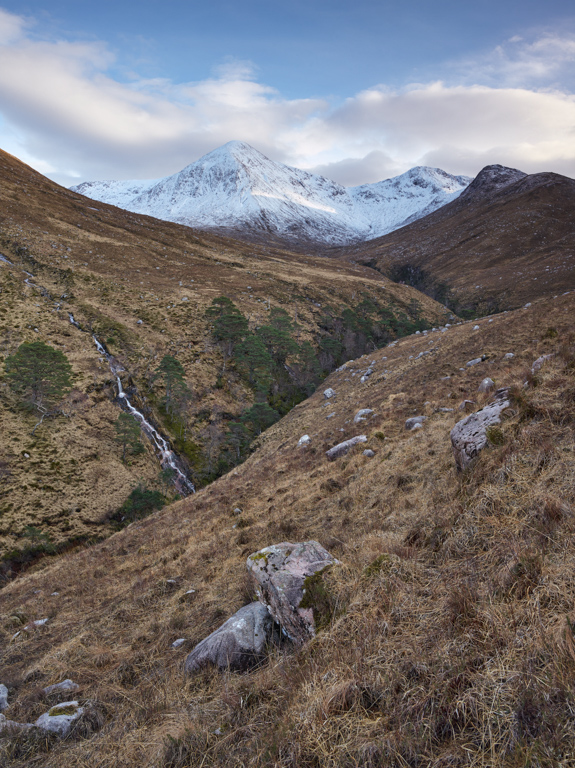
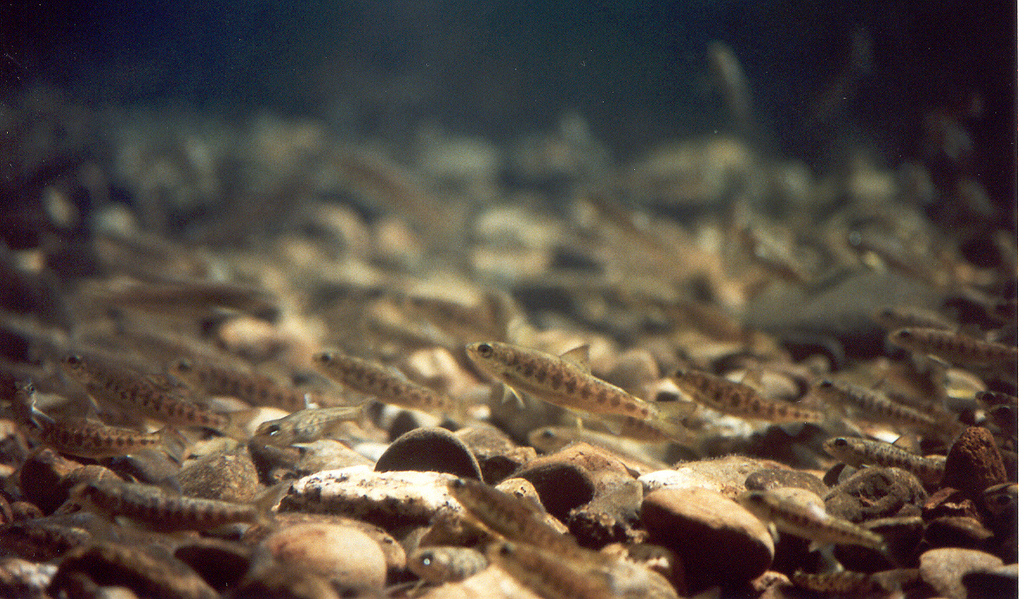
Impacts on Wild Life
Glen Etive and Glen Fyne are a Special Protection Area and of special nature conservation importance within Britain and Europe for supporting a population of Golden eagle (Aquila chrysaetos). The area supports 19 breeding pairs of golden eagles, around 4.2% of the GB population.
There are also concerns with the impacts on cold water fish species. It should be noted that Run of River hydro developments raise the temperature of the water they extract.
The 2014 Argyll Fisheries Trust Survey (‘Fish & Fishery Resources of the River Etive, Loch Etive’) shows very vulnerable stocks of wild salmon in River Etive and recommends minimising increased water temperatures to improve resilience. There are associated concerns around other cold-water species including the endangered European eel (Anguilla Anguilla) and Brown trout (Salmo Trotta).
Argyll Fisheries Trust (2014) Marine Survey
The Rivers Trust have also submitted a letter objecting to the schemes.
“The River Etive and its tributaries currently exist as a rare and extremely valuable example of unmodified, wild rivers in the UK and are classified as being at good ecological status and are not classified as heavily modified waterbodies under the EU Water Framework Directive.”
The River’s Trust objection to the Glen Etive Hydro Schemes
Points we share with the John Muir Trust
National Planning Framework 3 (NPF3): ‘’Scotland’s wild land is an asset of national and international significance but it is a finite resource. Wild land plays a vital role for carbon storage in trees and peat land, gives us clean air, water and food and is home to valuable wildlife. Wild land also plays a vital role in supporting tourism and a wide range of other economic and leisure activities.’’ It goes on to say: ‘’We will respect, enhance and make responsible use of our natural and cultural assets.‘’ It also states ‘’Scotland’s landscapes are spectacular, contributing to our quality of life, our national identity and the visitor economy. Landscape quality is found across Scotland and all landscapes support place-making. National Scenic Areas and National Parks attract many visitors and reinforce our international image. We also want to continue our strong protection for our wildest landscapes – wild land is a nationally important asset (our emphasis).’’ We believe that this proposal as it currently stands does not fully support this statement. In particular the lack of detail of the construction and reinstatement of the access tracks gives us serious concern since they will be highly visible from the road as visitors and residents look into the wild land area and as hillwalkers and mountaineers walk into the area.
Scottish Planning Policy (SPP2): page 47 section 200 states that : ‘’Wild land character is displayed in some of Scotland’s remoter upland, mountain and coastal areas, which are very sensitive to any form of intrusive human activity and have little or no capacity to accept new development. Plans should identify and safeguard the character of areas of wild land as identified on the 2014 SNH map of wild land areas’’.
Scotland’s Economic Strategy March 2015 p45 recognises that investment in natural capital is ‘’fundamental to a healthy and resilient economy’’ it also states p11 ‘’ We will also protect and enhance our natural capital, our brand and reputation as a country of outstanding natural beauty’’. Our view is that this development, with its highly visible access tracks, will not support this aspiration.
Scottish Natural Heritage (SNH): SNH in their document ASSESSING THE IMPACTS ON WILD LAND, INTERIM GUIDANCE NOTE, February 2007 (with note below added October 2014) state that ‘’Development should ideally be sited so as to avoid adverse impacts upon wild land (our emphasis).’’ It goes on to say: ‘’Where detractors cannot be avoided their impact upon the condition of wild land should be minimised. Detractors include anything that: – adds an artificial element to the vegetation pattern (i.e. reduces perceived naturalness); – results in new visible structures; – makes contemporary land use more obvious; – makes access to the area easier; or – reduces the remoteness of the area.’’ We believe the proposed Hydro scheme is contrary to SNH’s Guidance as stated above. The proposed access track and powerhouse will result in new visible structures which would make contemporary land use much more obvious, makes access easier and therefore reduces the remoteness of the area with no sign that the impact is being minimised.
Impact on the Wild Land Area and people: The proposed Hydro scheme is within Wild Land Area 9 Loch Etive Mountains, as identified by SNH in June 2014, and if approved its development would introduce permanent new tracks, powerhouse and related works into an area where there is currently very little evidence of modern manmade developments. The greatest impact will be on the Wild Land Area to the south east. It is important to note that the most significant physical and visual feature of this development would be the access road/track but the visual impact of tracks is not assessed as they are presumed to be fully recovered. Currently the whole experience of driving along this road when looking to the south east is one of wildness with little presence of modern features which would be greatly diminished.
Visitors, hillwalkers and mountaineers: Many visitors do not travel a great distance from their cars whether due to physical ability or for other reasons but currently they can see and enjoy the wild landscape. This experience will be compromised if the application is approved. For hillwalkers and mountaineers the proposed development would have the additional impact of being seen from within the WLA and thus bringing with it discordant and intrusive modern development where none existed before.
Points we share with Mountaineering Scotland
Mountaineering Scotland outline the impact on recreation and the visitor economy as well as the planning implications of the three schemes:
Glen Etive Hydro Power THC Briefing Note (March 19)
This landscape is of historic and cultural significance to hillgoers in particular and Scotland’s culture more generally:

